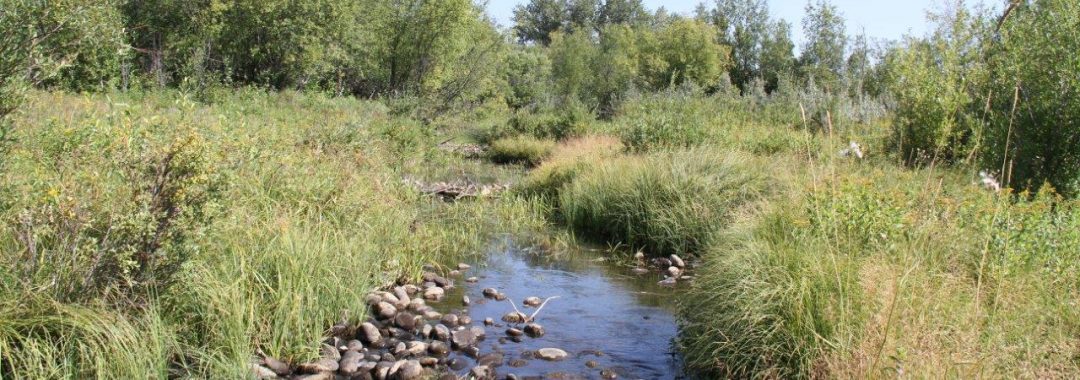Abstract:
Urbanization can homogenize species composition across aquatic ecosystems by introducing disturbance that can destroy the habitat of unique endemic or native species and/or create an alternative habitat for the few species able to adapt to these conditions. Here, we use a long-term decadal dataset (1971 to 2010) on the fish species presence in 16 subwatersheds within three watersheds in the Greater Toronto Area, Canada; and assessed whether fish communities have changed over time for three categories of species assemblages: (1) native species community only, (2) nonnative species community only, and (3) a combination of all species (all species). We considered three significant variables for which data exist: catchment area, distance to a species pool source, and percentage of urban cover (i.e., percent of the impervious area within a catchment) to determine whether these variables alter species richness. We used the nestedness metric to evaluate the degree of interdependence among site assemblages and site compositional degradation over time to contrast trends in native and non-native sets of species. Overall, nestedness temperatures (NTs, which is ‘heat of disorder’) for native fish is lower [T=11.01] than nonnative fish assemblages [24.47], indicating that native fish are more nested than non-native fish species assemblages. Among the four decadal scales, the native species community showed high nestedness during the 1970s, which declined later (the 2010s), and an opposite trend occurred for the non-native species community. Although total species richness increased over time, native richness decreased with urbanization, with non-native species richness increasing and overcompensating native losses. The study further suggests that the non-native fish communities become patchier (less predictable and less nested). This implies that further changes in fish communities are likely, and the patchiness may isolate communities making them more prone to perturbations.
Citation: Pandit, S., Poesch, M. S., Kolasa, J., Pandit, L. K., Ruppert, J. L. W., and E. Enders (2024). Long-term evaluation of the impact of urbanization on native and non-native fish assemblages. Aquatic Invasions: 19(3): 345-360.
Also Read:
*Lab members: Shubha Pandit and Mark Poesch. Check out opportunities in the lab!







